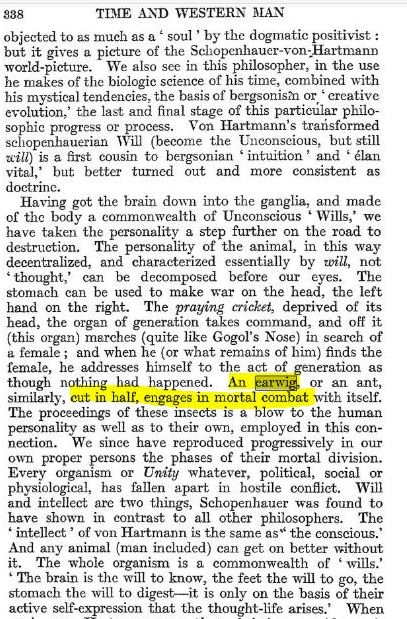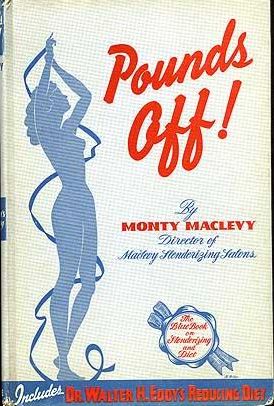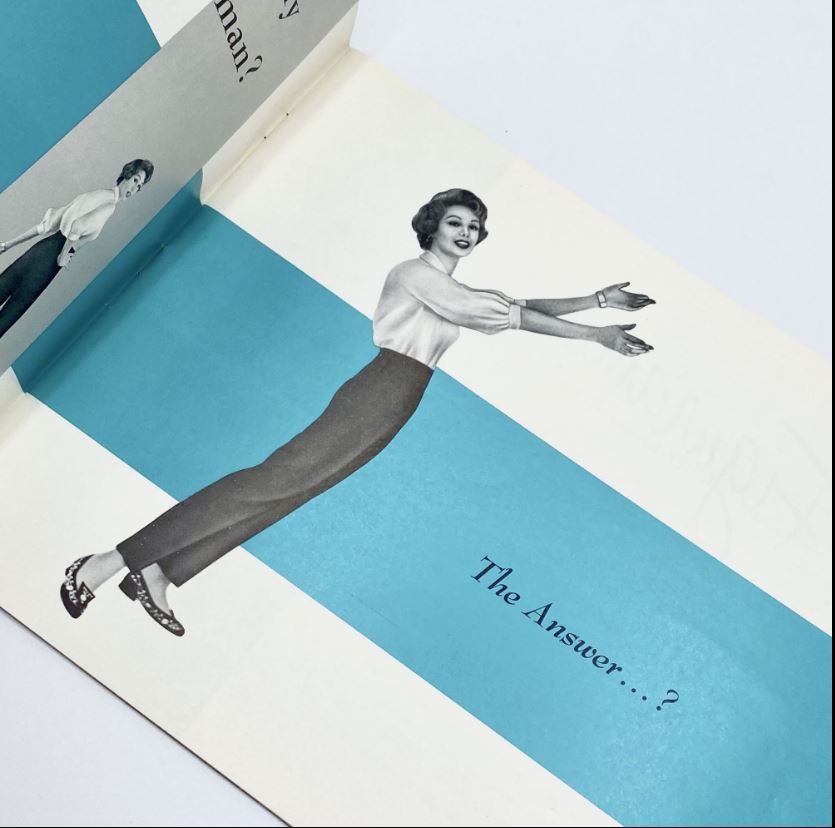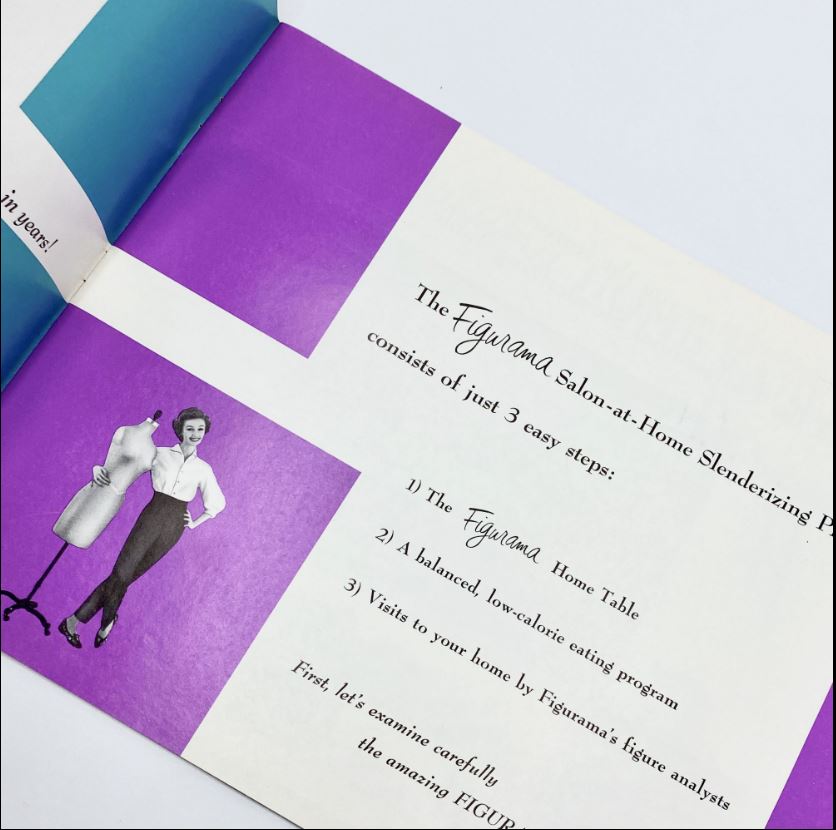In Typhon in America, McLuhan brings together three mythological cycles, those of (1) Typhon,
(2) Daedalus-Minotaur and (3) Dionysus, without, however, specifying the structural parallels between them. He must have at least sensed their mutual implication in his emphatic use of all three of them in his sectional titles for Typhon (as detailed below). But just what is that mutual implication?
Francis Bacon’s retaling of the Typhon saga in Wisdom of the Ancients (1609) is used by McLuhan for the title of his complete volume, for the title of its Book IV (SIXTY MILLION MAMA BOYS or TYPHON) and for its opening epigraph. Here is the epigraph to McLuhan’s typescript:
[TYPHON or a REBEL]
Juno, being vexed, say the poets, that Jupiter had begotten Pallas {Athena] by himself without her, earnestly pressed all the other gods and goddesses, that she might also bring forth of herself alone without him; and having by violence and importunity obtained a grant thereof, she smote the earth, and forthwith sprang up Typhon, a huge and horrid monster. This strange birth she commits to a serpent, as a foster-father, to nourish it; who no sooner came to ripeness of years but he provokes Jupiter to battle. In the conflict, the giant getting the upper hand, takes Jupiter upon his shoulders, carries him into a remote and obscure country, and, cutting out the sinews of his hands and feet, brought them away, and so left him miserably mangled and maimed; but Mercury recovering these nerves from Typhon by stealth, restored them again to Jupiter. Jupiter being again by this means corroborated, assaults the monster afresh, and at the first strikes him with a thunderbolt, from whose blood serpents were engendered. This monster at length fainting and flying, Jupiter casts on him the mount Aetna, and with the weight thereof crushes him.
To be noted are the parallel irregular births via the substitution of singularity for duality and the central role of sinews for articulation and life. After the restoration of his sinews and “by this means corroborated”, or ‘brought together’, or mediated, Jupiter was able to deploy his thunderbolt once again. As Jupiter’s power, the thunderbolt is a kind of sinew operating between above and below, between the gods and the earth, and between power and justice. Used in musical instruments, like the lyre of Orpheus, sinews make music which brings this original ‘corroboration’ to the ears of human beings.
The second mythological cycle, that of Daedalus-Minotaur, is used by McLuhan in the titles of the first two of the four books constituting Typhon in America:
Book I — KNOW-HOW or DAEDALUS
Book II — SEX AND TECHNOLOGY or PASIPHAE AND THE MINOTAUR
Bacon’s retaling of the Minotaur cycle in Wisdom of the Ancients clearly struck McLuhan with its emphasis on “mechanic” (see below), hence his emphasis on ‘know-how’ and ‘technology’ in his titles. But unlike the Typhon saga, that of the Minotaur is not explicitly quoted by him. It reads as follows in Bacon:
DAEDALUS, OR MECHANIC
Mechanical wisdom and industry, and in it unlawful science perverted to wrong ends, is shadowed by the ancients under the person of Daedalus, a man ingenious, but execrable. This Daedalus, (…) being banished, was kindly entertained, during his exile, in many cities and princes courts: for indeed he was the raiser and builder of many goodly structures, as well in honour of the gods, as the beauty and magnificence of cities, and other public places, but for his works of mischief he is most notorious. It is he that framed the engine which Pasiphae used to satisfy herself in companying with a bull, so that by his wretched industry and pernicious device, that monster Minotaur, the destruction of so many hopeful youths, took his accursed and infamous beginning; and studying to cover and increase one mischief with another, for the security and preservation of this Monster he invented and built a Labyrinth, a work for intent and use most nefarious and wicked, for skill and workmanship famous and excellent. Afterwards, that he might not be noted only for works of mischief, but be sought after as well for remedies, as for instruments of destruction, he was the author of that ingenious device concerning the clue of thread, by which the Labyrinth was made passable without any let. (Wisdom of the Ancients)
The backstory to the Minotaur cycle begins with the gift by Poseidon of a white bull to Minos, the king of Crete, to be used for a divine sacrifice. But Minos, caught up by the bull’s beauty, substituted another bull for the sacrifice and thereby granted life to the white bull. Angered, Poseidon caused Pasiphae, Minos’ wife, to lust after the bull. Daedalus then crafted a kind of Trojan cow for her, through which Pasiphae was able to mate with the object of her frenzy. The child of this mechanical and unnatural union was the Minotaur.
Both these mythic cycles of Typhon and of the minotaur concern monsters conceived without a human male. And in both there is a previous birth (in the case of Pallas Athena) or gifting of life (in the case of the white bull) without a female. In both cycles, the above (Zeus Asterion, Jupiter [Zu-pater]) and below (earth, snake, labyrinth) — so the light and the dark — come into violent conflict in which the below is momentarily victorious. Again in both, sinews/labyrinth/thread (media!) are the cause both of loss and recovery.
In the mythological cycle concerning Pasiphae, she is said to have married Dionysus, who is named in the title of Book III by McLuhan:
Book III — JITTERBUGS OF THE ABSOLUTE or DIONYSUS
Across the various tellings of this cycle, it is not clear if this was an alternative tale to Pasiphae’s marriage with Minos or as a prolongation of that tale, coming after that marriage. And it is unclear if Dionysus’ wife was Pasiphae or Pasiphae’s daughter, Ariadne. In any case, McLuhan’s association of Pasiphae with Dionysus was not fortuitous. The Greeks saw close implication between her fate and Dionysus and so did Bacon and McLuhan. Here is Bacon’s chapter on Dionysus in Wisdom of the Ancients:
OF DESIRE, ACCORDING TO THE FABLE OF DIONYSUS
They say that Semele, the mistress of Jupiter, having bound him by an inviolable oath to grant her a request whatever it might be, desired of him to come to her arms in the same form as he would to Juno; and so she was scorched to death in his embrace. The child which she bore in her womb was taken by his father and sewn up in his thigh, till the time of gestation was accomplished. And because the child, when in the thigh of Jupiter, pinched and galled him so as to make him limp, he received the name of Dionysus. After he was brought forth he was nursed for some years by Proserpine; and when he grew up his face was so like a woman’s that it seemed doubtful of which sex he was. He was likewise once dead and buried for a time, but came to life again not long after. In his early youth he was the first to invent and explain the culture of the vine, and the making of wine, and its use; whereby becoming renowned and illustrious, he subdued the whole world and advanced to the furthest parts of India. (…) He took to wife Ariadne [daughter of Pasiphae who can appear in the cycle in her stead], whom Theseus had deserted and abandoned. His sacred tree was the ivy. He was regarded likewise as the inventor and institutor of sacred rites and orgies ; but such as were fanatical and full of corruption and moreover cruel. He had also the power of exciting phrensy. At least it was by women excited to phrensy in his orgies that two renowned men, Pentheus and Orpheus, are said to have been torn to pieces ; the one having climbed into a tree out of curiosity to see what they were doing ; the other while playing sweetly and skillfully on the lyre. Moreover the actions of this god are often confounded with those of Jupiter.
The parallels of this cycle with those of Typhon and the Minotaur are clear. Outrageous feminine desire in all three sagas leads to an irregular birth without a human male. Furthermore, the birth occurs either without a male at all (Juno and Typhon) or with too much male (Pasiphae and the white bull, Semele and Zeus). The child coming from the unnatural union is as outrageous as the ‘phrensied’ desire that led to its generation. The resulting children in all three cases ‘confound’ themselves with Jupiter and cause him great pain. In all three, there is central emphasis on sinews/labyrinth/thread: Jupiter is deprived of his sinews, Daedalus crafts a labyrinth for the Minotaur and Ariadne threads it, Dionysus is the god of grape vines, ivy and labyrinthine ceremonies. All include reference to music via sinew strings, pipes and rites. All three lead to the death of god (Jupiter via Typhon or Dionysus via his own “phrensy”) or to the death of the obligatory divine rites (in the cases of both Minos and the Minotaur). The central matter of all the cycles concerns extreme disorder and the question of its relation to the order of the cosmos.
McLuhan concludes Typhon — just as he will conclude the Gutenberg Galaxy more than a decade later — with the same extended quotation from Pope’s 1725 Dunciad:
She comes! she comes! the sable Throne behold
Of Night Primaeval, and of Chaos old!
Before her, Fancy’s gilded clouds decay,
And all its varying Rain-bows die away.
Wit shoots in vain its momentary fires,
The meteor drops, and in a flash expires.
As one by one, at dread Medea’s strain,
The sick’ning stars fade off th’ethereal plain;
As Argus’ eyes by Hermes’ wand opprest,
Clos’d one by one to everlasting rest;
Thus at her felt approach, and secret might,
Art after Art goes out, and all is Night.
See skulking Truth to her old Cavern fled,
While the Great Mother bids Britannia sleep,
And pours her Spirit o’er the Land and Deep.
She comes! she comes! The Gloom rolls on,
Mountains of Casuistry heap’d o’er her head!
Philosophy, that lean’d on Heav’n before,
Shrinks to her second cause, and is no more.
Physic of Metaphysic begs defence,
And Metaphysic calls for aid on Sense!
See Mystery to Mathematics fly!
In vain! they gaze, turn giddy, rave, and die.
Religion blushing veils her sacred fires,
And unawares Morality expires.
Nor public Flame, nor private, dares to shine;
Nor human Spark is left, nor Glimpse divine!
Lo! thy dread Empire, CHAOS! is restor’d;
Light dies before thy uncreating word:
Thy hand, great Anarch! lets the curtain fall;
And Universal Darkness buries All.
The Gutenberg Galaxy then immediately concludes:
This is the Night from which Joyce invites the Finnegans to wake.
To compare, Typhon in America, around 15 years before The Gutenberg Galaxy, immediately concludes:
In this darkness we must learn to see.
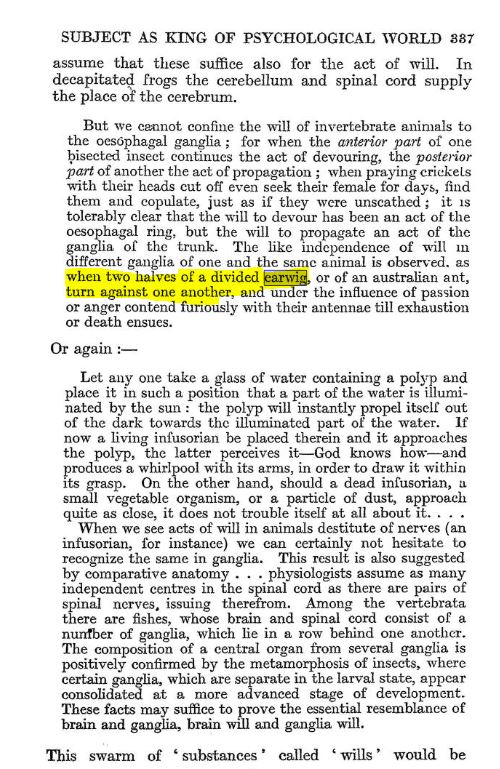
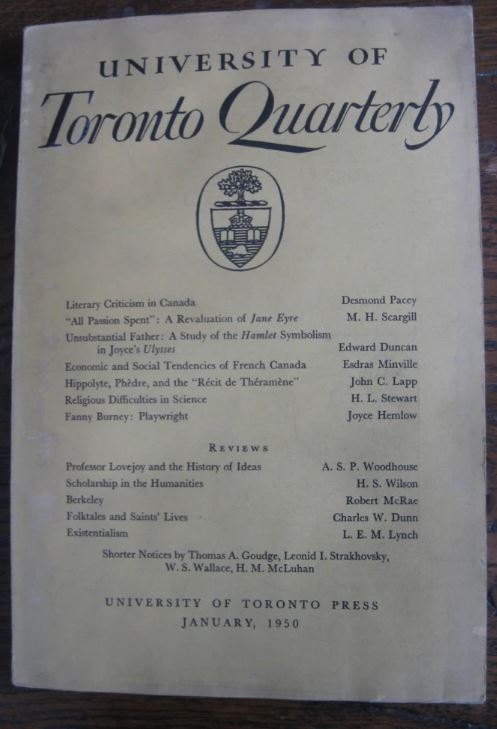 University of Toronto Quarterly 19:2, January 1950. McLuhan himself had a contribution in this issue, a review of R.W. Stallman, Essays in Criticism 1920-1948. ↩
University of Toronto Quarterly 19:2, January 1950. McLuhan himself had a contribution in this issue, a review of R.W. Stallman, Essays in Criticism 1920-1948. ↩